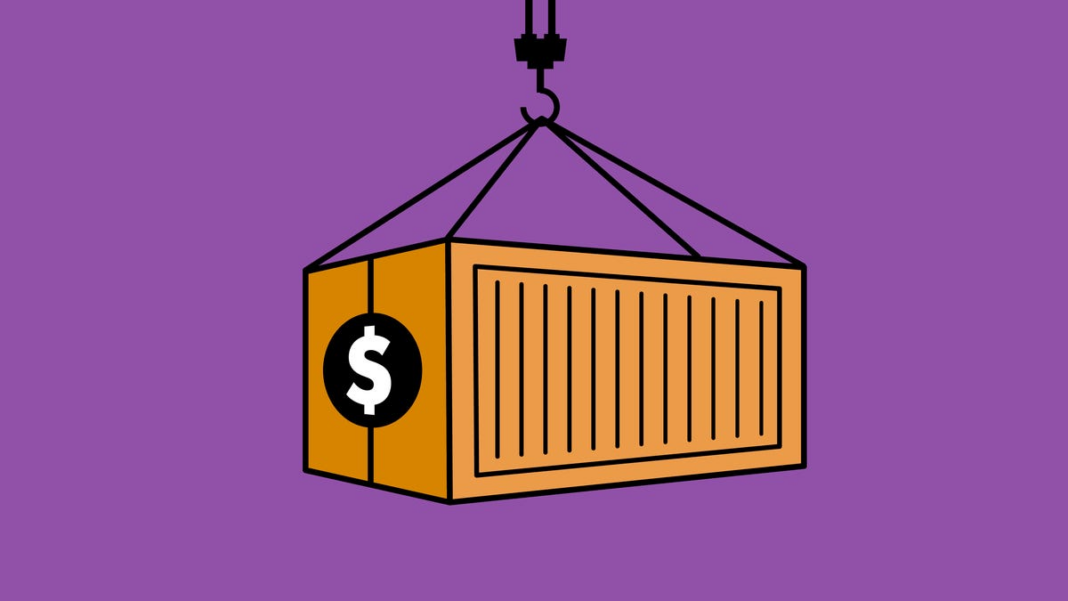Why you may end up paying for the tariffs Trump wants to impose on China
During his presidential campaign, Donald Trump proposed a hefty 60% tariff on Chinese imports, which are a major part of the U.S.’s foreign trade, along with an array of other tariffs reaching 20% on all U.S. imports. Retailers are concerned that these tariffs will negatively impact American consumers.
Trump suggests that these tariffs—essentially taxes on imported goods—are necessary to fight what he views as unfair trading by China. He contends that this move will bolster manufacturing jobs within the United States.
He has claimed that foreign governments will bear the burden of these tariffs. However, retailers and economists argue that it will ultimately be American consumers who will face the higher costs.
A report from the National Retail Federation predicts that Trump’s tariffs could lead to an additional $7,600 in expenses for each U.S. household annually.
According to the Peterson Institute for International Economics, a typical middle-income family could see their costs increase by approximately $1,700 each year.
How do tariffs function?
Tariffs are charges imposed by the U.S. government on imported products made outside the country.
The additional costs fall upon the business responsible for bringing the goods into the U.S., which is usually a domestic company.
The revenue generated from tariffs is known as customs duty. In the U.S., this duty is collected by Customs and Border Protection and contributes to the federal Treasury.
Understanding the purpose of tariffs
Tariffs are typically implemented to bridge a trade deficit, which occurs when a country imports more than it exports.
Besides generating revenue for the government, the primary purpose of tariffs is to alter the movement of goods across borders, making it costlier for American consumers and businesses to purchase foreign products, as reported by YSL News.
This strategy aims to support American firms that often face price competition from international manufacturers.
Trump believes that imposing tariffs will benefit the nation by:
- Encouraging better trade negotiations with other nations.
- Preventing foreign producers from selling their products in the U.S. at significantly lower prices.
- Prompting other countries to decrease their tariffs on U.S. exports.
Who bears the cost of tariffs? It’s mainly consumers, not foreign countries
According to economists in a report from the Council on Foreign Relations, the increased expenses resulting from tariffs are typically passed on to consumers.
Lower-income Americans tend to feel the most significant impact, as highlighted by a 2014 analysis from the Peterson Institute for International Economics.
The ultimate burden of tariffs can vary based on multiple factors, but the Cato Institute indicated in an April report that evidence shows the tariffs enforced in 2018 and 2019 have mostly been passed on to U.S. consumers, leading to higher prices and reduced output for exports.
Trump has noted that many countries impose higher tariffs on imports than the U.S. does, according to YSL News.
He has also been critical of trade agreements like NAFTA and the tariffs of other nations that have caused a greater influx of imported goods into the U.S. compared to U.S. exports. His administration updated NAFTA with the United States-Mexico-Canada Agreement in 2020.

